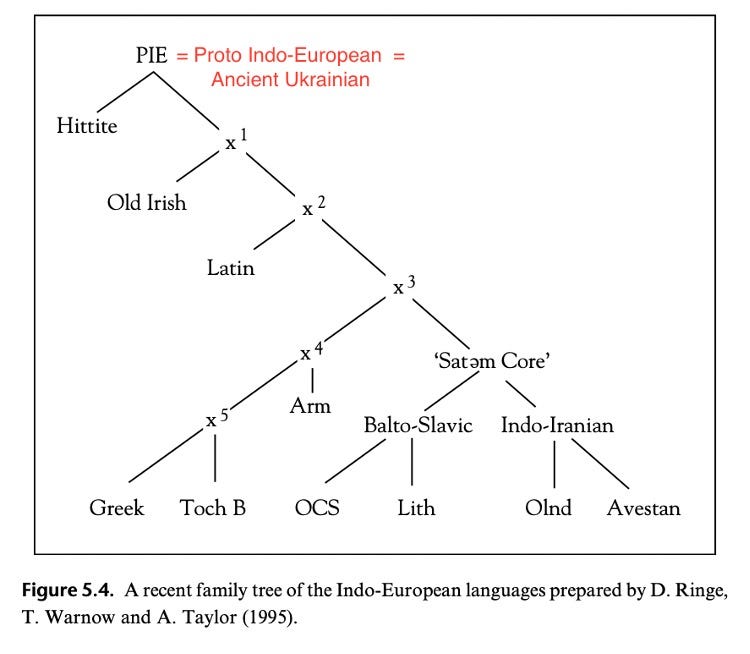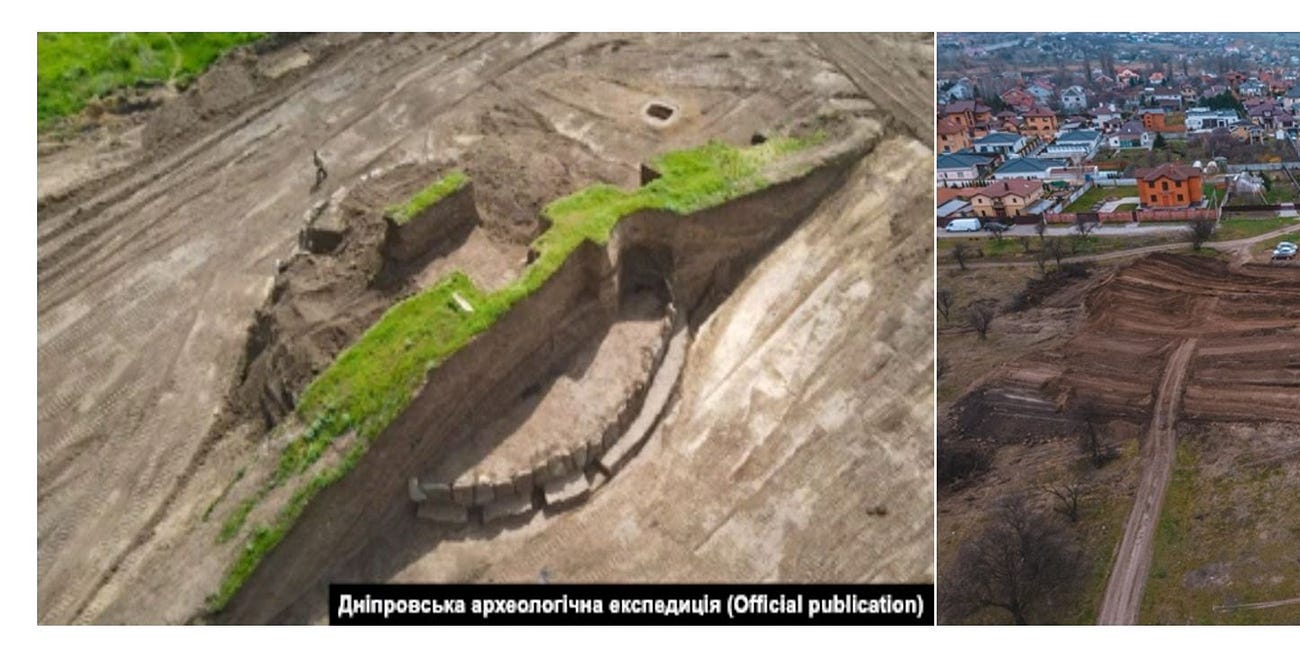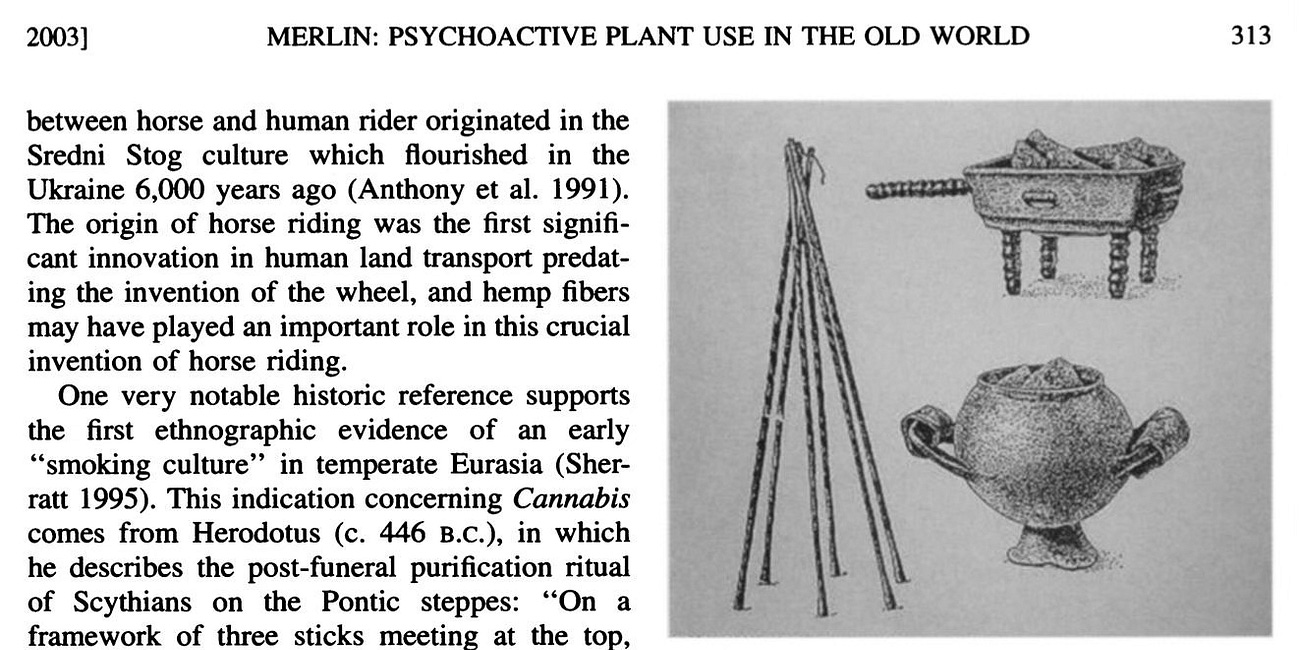Feminine Tense
Finding Manuland XX
Up until relatively recently, it has been quite murky how cultures as geographically distant as India, Iran, Greece, Rome, Ireland, Armenia and Germany ended up using similar sounds arranged in identical patterns to signify the same phenomena.
Before I started to research the cromlech, I didn’t know anything about this.
Cromlech Uncovered
Amazing. Another sign. I set off for Cassels. Maybe this crazy idea that I’d had the evening before about iterating a journey across Europe from Maing-sounding place to Maing-sounding place could work. Power of Mana is a reader-supported publication. To receive new posts and support my work, consider becoming a free or paid subscriber.
On my first diplomatic posting in Kosovo, I took some classes in Albanian and Serbian.
I remember the image of a “language tree” representing the supposed relationships between different languages spoken in Europe. Albanian was represented as closer to what I now know is the idea of a “common source.”
The more I discovered about the Yamnaya (or as I’ll call them ancient Ukrainians), the more curiosity I had about the significance of this part of the former Soviet Union.
The sounds those ancient Ukrainian stone circle builders used to speak with one another, as they moved that broad shouldered stone deity into place, are sounds we still use today in the countries between Ireland and India.
Ancient Ukrainians, I learned, were the first people on earth to domesticate the horse.
Ancient Ukrainians: Cannabis, Wagons, and the first Indo-European language speakers
Descendants of Ancient Ukrainian Yamnaya Culture have left us the first archaeological evidence of cannabis used for ritual purposes.
Their patriarchal worldview is (counter-intuitively!) preserved in the feminine tense in many of the languages that evolved directly from ancient Ukrainian – what linguists call proto- or pre-Indo-European (and what I shall simply call: ancient Ukrainian).
This new technology (language; how to domesticate horses; how to make and use wheeled carts; how to deal with death; new models for communal living; etc.) empowered ancient Ukrainians’ usefulness to the Old Europe communities they infiltrated, during their millennia of successive migrations.
Ancient Ukraine’s Don-sounding Rivers, Yama, and Lords of Death
The similarity between the moniker Donn (Ireland’s pre-Christian Lord of Death) and the names of rivers which embodied Gods, Lords of Death and the passage to the afterlife across the Indo-European cultural zone may be significant. It’s a structure that is
As mentioned, ancient Ukrainians were early adopters of and invented complex processes for building the components for some of the first wheeled carts anywhere on earth – perhaps even to carry the stones forming that palisade walled circle (and then five-hundred years later to carry the earth that formed its mound).
Ancient Ukrainians’ burial customs make it clear men were in charge – learning this disappointed me! I would prefer to report that ancient Ukrainians had been pioneers of gender equality, rather than the opposite.
But in Finding Manuland, I’ll always be guided by the data, rather than by my hopes.
Women and even children were sacrificed at the time the chief of a family or settlement was buried, along with many animals – dogs, deer, horses.
The rite of sacrifice gives a clue to another aspect of pre-Christian civilisation I hadn’t known about…
Continued:
Trumpian “Right” Monarchist Shift
In conferring absolute immunity for a US president’s “Official Conduct,” US Supreme Court immunised the president from having their “motives” examined as part of the legal analysis to determine which are “Official” and not official conduct of a president.
Continued from:
Bono, Manna, and the Discovery of Our ‘Common Source’
And thus the discovery of the Indo-European family of languages and culture was announced. One balmy night in Kolkata. 2 February 1786. By William Jones, a Welsh Oxford-trained Persian expert and lawyer, in his second presidential address to the Asiatick Society which he had founded, shortly after arriving in India to be a judge.
First in series:
Finding Manuland I
In October 2021 I was returning from my final vacation before my forced retirement from my beloved diplomatic posting to Ukraine.









